I am looking to buy a few online fuses and fuse holders for the mains power into a kiln I’m fixing up that runs on 240V and draws 45A. A thick 6 AWG wire connects to mains power, then is split into two 10 AWG wires in parallel per hot line. This is to connect to a terminal block with smaller connectors. This is how the manufacturer wired it, not me. If one of the 10AWG wires was to be disconnected, the full load would be pushed through just one 10AWG wire, which it cannot handle, even though it would not trip a breaker.
As a safety feature I want to add fuses to each of these smaller wires. Here is a simple diagram of how I would add them.  I found this fuse holder to be suitable for my application. It has a voltage rating of 32V, but the fuse I’m using in it is rated at 300V or higher. I can’t see any problems with using this holder since it appears to be thoroughly electrically insulated and there will be no arcing at that voltage. Here’s a picture of the holder in case the listing is ever taken down. Are there any other concerns I need to consider?
I found this fuse holder to be suitable for my application. It has a voltage rating of 32V, but the fuse I’m using in it is rated at 300V or higher. I can’t see any problems with using this holder since it appears to be thoroughly electrically insulated and there will be no arcing at that voltage. Here’s a picture of the holder in case the listing is ever taken down. Are there any other concerns I need to consider? 